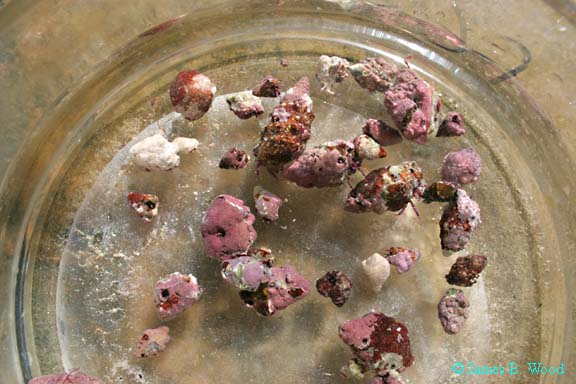Verrilli's
Hermit Crab
Calcinus verrilli
Calcinus verrilli
By Heather
Schongar
and
James B. Wood and Kim Zeeh - Editors
and
James B. Wood and Kim Zeeh - Editors
|
Verrilli's
Hermit Crab
Calcinus verrilli By Heather
Schongar
and James B. Wood and Kim Zeeh - Editors |
